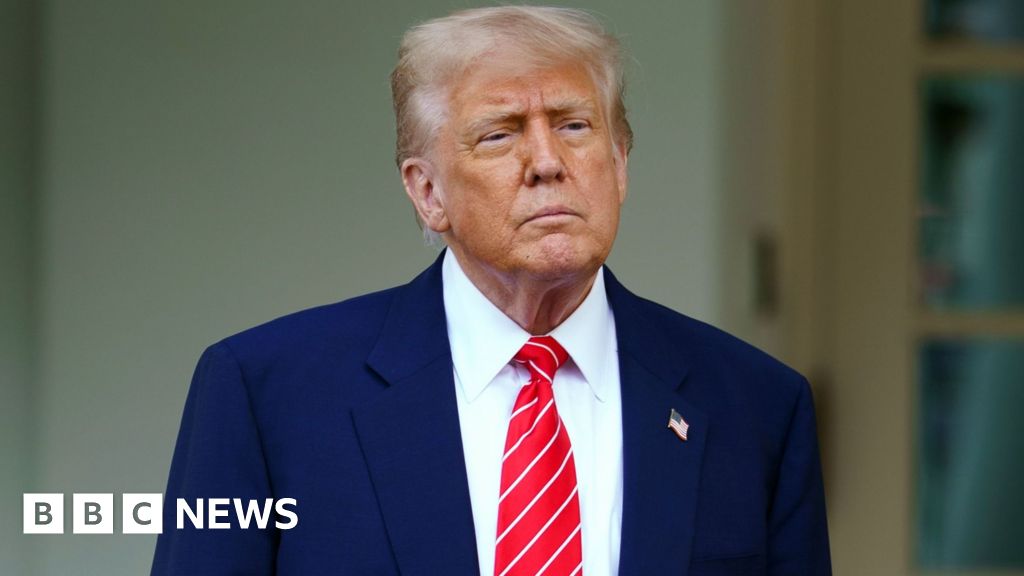We are in a state of constant change, and the notion of transformation in business has become one that must be viewed as a perpetual event versus a moment in time. As a result the clock speed of business has forever been altered and a need to build the right infrastructure that will enable a business to effectively engage and connect with its customers is critical. In order to do so, leading organizations are rethinking the intersection of insights and strategy to drive an enterprise forward. The notion being that the concept of democratizing the use of insights will enable brands to make better decisions internally as an organization in ways that lead to better outcomes for their customers.
A Conversation With Moët Hennessy’s Carlos Zepeda On The Democratization Of Insights To Drive … [+]
Billee Howard
For my latest column I wanted to speak to someone at the leading edge of transformation and growth fueled by new approaches to consumer insights and strategy. Carlos Zepeda is SVP of Consumer Connections, Insights and Strategy at Moët Hennessy USA. With senior marketing roles at leading brands such as Pepsi and Havaianas, and Belvedere, he is a best in class marketer and transformation visionary. Following is a recap of our conversation:
Billee Howard: Great to have you back. You were recently promoted to SVP of Consumer Connections, Insights + Strategy. Congratulations! This is a vital role that every organization should think about creating as all three of these things must work hand-in-glove. Tell me your thoughts about that statement and your vision for your new position?
Carlos Zepeda: It’s great to be back, thank you for having me. It is hard to separate these elements when thinking about driving both consumer understanding and business growth. While intuitively one feeds the other, the consumer connections actually are the feedback loop to strategy. The vision for this multidisciplinary team is to serve as a strategic partner to Moët Hennessy USA to drive value growth and build capabilities that make us more consumer centric, more agile and future proof. Similar to an open innovation model, knowledge, inputs and resources exist across the ecosystem and the flow can happen in many different ways. This is how we approach working with cross-functional teams with two operating systems, one focused on day-to-day intelligence and business needs and another one ‘with a larger runway’ focused on strategic growth.
Howard: Every organization must approach change and transformation as a perpetual event today. What are your thoughts on how you will be leading the team into new space and places to best evolve to keep up with consumer preference and demand?
Zepeda: The external environment is changing faster than we realize and it is for that reason that internal transformation is so significant. The goal is to continue building a system that allows us to evolve in a more proactive manner by identifying opportunities versus being reactive. In partnership with my talented team, we focus on creating different ways to innovate, learn and implement action to positively impact the business in more direct ways.
We will look to achieve this via a plethora of avenues from understanding specific category dynamics, to assessing the emotional impact that we are creating as we aim to build positive experiences in the ‘memory bank’. On the other hand, in times where marketing investments come under a lot of pressure to drive impact in the short term, we are constantly thinking about ways to balance those investments to also increase brand desirability. For brands that are in the emerging stage, the impact of discovering the brand at “the moment of choice”, virtual or physical becomes increasingly important.
Howard: You have always been a data-led marketer, one led by key insights that drive business strategy versus just data alone. Can you share an example of a critical insight you unearthed this year that will help you reframe your GTM strategy in 2024?
Zepeda: After conducting a study to understand the impact of specific language that resonates with consumers of luxury wine and spirits, some of the themes that emerged since the pandemic remain; including joy, togetherness, moments to share, etc. The way the nuance has evolved is that consumers are now not only more open to, but also expect, simplicity in the way we interact with them.
The short form proliferation of content has only accentuated this and the brand building opportunity has to be reimagined in multiple modes, not just the highly immersive, long storytelling, but also in smaller shorter formats. This is akin to what is happening in education where micro learning has become a way to increase engagement and openness through a focused outcome in a short period of time.
Howard: You and I always talk about the power of democratizing insights to enable marketing teams to make better decisions that lead to better outcomes for consumers. Can you talk to me about best practices for this typing of thinking and putting it to work for an organization?
Zepeda: Democratizing insights is an ongoing journey. We have been focused on self-service analytics where the enterprise can access tools to explore data, discover insights, make business decisions and measure performance against specific metrics. Complementary to self-service, is a layer of shared service where various teams can access expert insights, collective intelligence, data analytics and strategies that help address a specific business challenge or opportunity. Lastly, is to implement fresh ways to increase inspiration and cultural relevance with scale across the organization and beyond as we continue this journey with this newly established team. The central idea about democratizing insights and knowledge is to empower teams to make better decisions that create better experiences for our colleagues, customers, and lead to better business outcomes.
Credit: Source link






![The best marketing campaigns of the year (thus far), what to learn from them, and why they worked so darn well [new data] The best marketing campaigns of the year (thus far), what to learn from them, and why they worked so darn well [new data]](https://knowledge.hubspot.com/hubfs/marketing-campaigns-1-20250508-1357892.webp)

![How to master the basics of social media advertising [+ 5 examples] How to master the basics of social media advertising [+ 5 examples]](https://www.hubspot.com/hubfs/Untitled%20%28524%20x%20393%20px%29.png)


